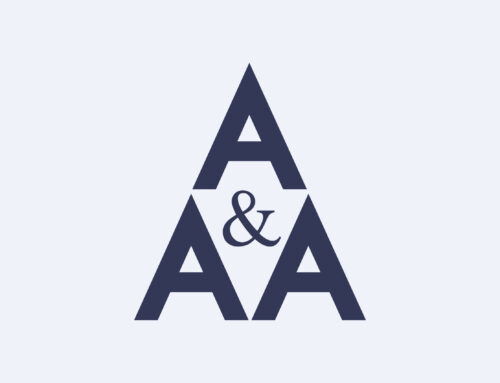There are many types of construction jobs that can be very dangerous. In fact, most construction jobs carry with them varying degrees of risk of personal harm. Certainly, the job of elevator mechanic is no exception to that. Whether you were working as an elevator mechanic or in some other construction job, you may be entitled to compensation if you were hurt at work. To learn more about how you may be able to go about seeking that compensation, talk to an experienced New York City construction accident attorney about your accident.
Miguel was an elevator mechanic who was hurt on the job. At the time of the accident, he was working on a commercial building project in Brooklyn. His duties involved entering a concrete crawl space underneath the freight elevator motor room. While doing his job, Miguel tripped while moving toward the space’s entrance/exit hatch. This caused the mechanic’s arm to become caught inside a pulley system that was part of the elevator. Since Miguel’s assistant had begun to operate the elevator, the trip caused Miguel’s arm to become caught in the pulley’s cable and inflicted substantial harm on Miguel.
The mechanic decided to file a lawsuit and seek compensation for his injuries. New York law has multiple different options for injured workers seeking compensation for the damages they’ve suffered on the job. One method is using a statute nicknamed the “Scaffold Law,” which is Section 240(1) of the Labor Law. That statute says that you may be entitled to bring a lawsuit and receive compensation if you were injured as a result of inadequate safety protections to shield you from “elevation-related risks.” These can relate to things falling on you or you falling off equipment, like scaffolds or ladders.
Another means possibly available to an injured construction worker is Section 241(6) of the Labor Law. That statute says that you may be able to sue and receive an award of damages if you were hurt as a result of someone’s violations of the Industrial Code. (The Industrial Code is a set of workplace safety regulations established by the State of New York.) The law only allows you to use this option if the regulation that you use as the foundation of your case is “sufficiently specific.” In other words, it is important to understand the details and technicalities of the law to make sure that the regulation you cite in your Section 241(6) case for compensation is the right one.
In Miguel’s case, he relied upon several Industrial Code regulations, including 12 NYCRR 23-1.7(e)(1), 12 NYCRR 23-1.12(e), and 12 NYCRR 23-1.12(g). Contrary to the defense’s arguments, these regulations did not lack the degree of specificity that the law requires to be used in a case like the one brought by Miguel. They were all sufficiently specific, and this mechanic was entitled to go forward with his lawsuit.
If you have been hurt while working at your construction job, you may be entitled to an award of damages. Succeeding in that process, though, requires a detailed knowledge of the law and the legal system. For your construction injury lawsuit needs, consult the skilled New York City construction accident attorneys at Arcia & Associates. Our team has many years of experience giving our clients strong representation and personalized attention to meet their needs.
Contact us at 718-424-2222 to find out how we can help you.
More Blog Posts:
New York Court Says a Worker Hurt While Cutting Down a Tree Was Permitted to Pursue His Construction Injury Case, Blog de Abogado en la Ciudad de Nueva York, 20 de Abril de 2018
New York City Building Employee Wins Injury Case Due to Defective Ladder, Blog de Abogado en la Ciudad de Nueva York, 10 de Abril de 2018











